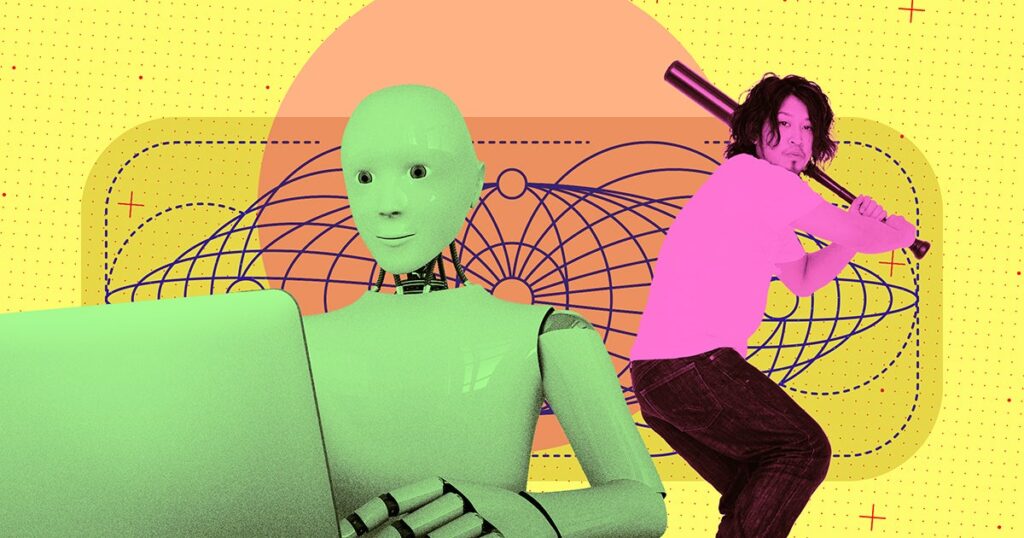Freelancing has transitioned from a niche market dominated by young writers and web designers to a mainstream employment model for billions globally. As companies increasingly fragment full-time roles into contract jobs, workers face reduced stability and limited protection under labor laws.
The Rise of Freelancing
Since the economic turmoil of the Great Recession in 2009, freelancing has provided a lifeline for countless professionals who lost their full-time jobs. Fast forward to 2024, where reports indicate that over 76 million Americans are now freelance workers. This represents more than 36 percent of the workforce, a figure projected to rise above 50 percent by 2028, largely driven by companies adopting cost-cutting strategies.
Corporate Perspectives vs. Worker Realities
While corporations and think tanks praise freelancing as the “future of work,” labor experts express concerns about the implications of self-employment. They argue that this trend allows companies to sidestep labor laws and minimize worker benefits, often leaving freelancers in precarious positions.
The Involuntary Freelancer Dilemma
Many individuals find themselves in freelance roles not by choice, but out of necessity. A recent study from researchers at Washington University and NYU’s Stern School of Business reveals an emerging threat: artificial intelligence (AI). Contrary to the optimistic narrative that AI will target low-skilled jobs, it appears that high-skilled roles are at risk as well.
AI and Job Opportunities
The study indicates that for every 1 percent increase in a freelancer’s past earnings, they experience a 0.5 percent drop in job opportunities and a 1.7 percent decrease in monthly income due to AI technologies. This data suggests a future where AI could potentially diminish high-skilled jobs alongside low-skilled ones, challenging the utopian visions bestowed by tech advocates.
The Reality of AI in the Workforce
Although AI is often marketed as a means to liberate workers from mundane tasks, evidence shows it is being leveraged primarily to enhance corporate profits at the expense of the workforce. The narrative surrounding AI as a panacea for current labor issues is flawed, with many being misled by the grand promises of tech giants.
Organized Resistance Against Freelancing Challenges
Control over AI and its implementation in the workplace rests with those currently in power, but it doesn’t have to remain this way. Some unions are initiating efforts to reclaim workers’ rights in the face of deteriorating job conditions. For example, a coordinated strike by dockworkers in October stalled the automation of ports, preserving thousands of well-paying jobs. Similarly, the California Nurses Association successfully halted rushed AI technology adoption in hospitals earlier this year.
Conclusion: Navigating the Future of Work
The challenges presented by AI in the labor market are significant, particularly for freelancers and contract workers. However, an awakening is occurring, as organized efforts are underway to combat these daunting prospects. The ever-present question remains: what proactive measures will we adopt to shape a more equitable future in the face of an encroaching AI dystopia?
For more insights on AI and the labor market, explore the recent case involving Y Combinator’s withdrawal of support for an AI startup following controversial management behavior towards human workers.
The Rise of Freelancing in Today’s Workforce
Freelancing has transformed from a niche market to a significant aspect of the global workforce. With billions of professionals opting for contract work, the landscape of employment is changing dramatically. This trend reflects a shift where companies increasingly favor flexible arrangements over traditional, full-time roles.
The Shift Towards Contract Work
In the wake of economic challenges, such as the Great Recession of 2009, many individuals found themselves turning to freelancing as a viable solution to financial instability. Fast forward to 2024, and the numbers are staggering: over 76 million Americans are now engaged in freelance work. This figure is expected to exceed 50% of the workforce by 2028, driven primarily by the cost-cutting strategies of businesses.
Concerns from Labor Experts
While many businesses promote freelancing as the “future of work,” experts in labor rights express concern over this trend. Self-employment often leaves workers vulnerable, as companies may sidestep labor laws and minimize employee benefits. This shift raises questions about job security for many who would prefer traditional employment.
The Reality of Involuntary Freelancing
The allure of freelancing can be misleading. Increasingly, workers find themselves with limited options, leading to a rise in what is termed involuntary freelancing. This phenomenon forces many into contract roles, as stable employment becomes harder to secure.
The Impact of Artificial Intelligence on Freelancers
A recent study from Washington University and NYU revealed an alarming trend regarding AI technologies and freelancing. Contrary to the narrative that AI will mainly replace low-skilled jobs, the findings suggest that even high-skilled roles are at risk. For every 1% increase in a freelancer’s past earnings, there’s a .5% decrease in job opportunities and a staggering 1.7% drop in monthly income with the advent of AI.
The Misleading Promises of AI
The narrative surrounding AI has often painted a bright future, claiming it would liberate workers. However, the current reality shows a different picture. Instead of enhancing job prospects, AI has become a tool that diminishes earnings for many, benefiting primarily those at the top of the corporate ladder.
Union Movements Paving the Way for Change
Amidst these challenges, several unions are emerging as powerful advocates for workers’ rights. Organized efforts have successfully halted automation that threatens high-quality jobs, such as a significant dockworker strike aimed at protecting employment in America’s ports. Events like these underscore the growing movement against the adverse effects of freelancing and automation.
Conclusion: The Future of Work
The rise of freelancing presents both opportunities and obstacles in today’s labor market. As we navigate this evolving landscape, understanding the implications of artificial intelligence and the importance of collective action is crucial. The future of work hinges on our response to these challenges — will we adapt or fight for a more equitable workforce?
For further insights on the intersection of AI and labor, stay tuned as the conversation continues to unfold.


